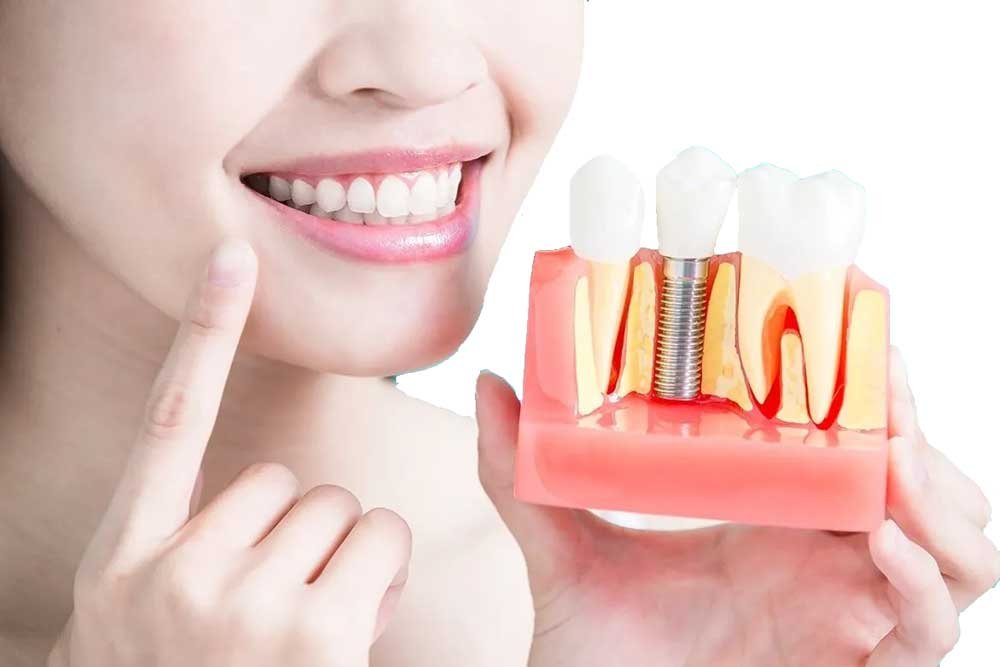Dental implants are a revolutionary solution for tooth replacement, offering a permanent and aesthetically pleasing option for individuals with missing teeth. These biocompatible fixtures are surgically embedded into the jawbone, providing a stable foundation for crowns, bridges, or dentures. This article aims to provide an in-depth examination of dental implants, including their types, benefits, materials used, and the procedural steps involved.
Types of Dental Implants
Dental implants are primarily classified into two categories based on their design and placement:
1. Endosteal Implants
Endosteal implants are the most common type of dental implant. They are inserted directly into the jawbone and can be made from various materials, including titanium and zirconia.
- Components:
- Implant Fixture: The screw-like component that is surgically placed into the jawbone.
- Abutment: A connector placed on top of the implant fixture, which supports the prosthetic tooth.
2. Subperiosteal Implants
Subperiosteal implants are placed under the gum tissue but above the jawbone. This type is often used for patients with insufficient bone height or those who are not candidates for bone grafting.
- Components:
- Metal Framework: Custom-made to fit on the jawbone, this framework supports the abutment and prosthetic tooth.


Benefits of Dental Implants
Dental implants offer numerous advantages over traditional tooth replacement options, including:
- Natural Appearance: Implants closely resemble natural teeth in both function and aesthetics, enhancing the overall smile.
- Improved Functionality: Unlike dentures, implants provide stability and allow for normal chewing and speaking without the fear of slippage.
- Bone Preservation: Implants help preserve jawbone density by stimulating bone growth, reducing the risk of bone loss associated with missing teeth.
- Longevity: With proper care, dental implants can last a lifetime, making them a cost-effective solution in the long term.
- Enhanced Oral Health: Implants do not require the alteration of adjacent teeth, preserving the integrity of surrounding dental structures.
Materials Used in Dental Implants
The materials used in dental implants are critical to their success and longevity. The most common materials include:
- Titanium: Titanium is the gold standard for dental implants due to its excellent biocompatibility, strength, and resistance to corrosion. Its ability to osseointegrate—fuse with the surrounding bone—makes it an ideal choice for implant fixtures.
- Zirconia: An alternative to titanium, zirconia implants are made from a ceramic material that offers a tooth-colored appearance. While they provide aesthetic benefits, they may not be as widely used due to concerns about long-term stability and osseointegration.

The Dental Implant Procedure
The process of receiving dental implants typically involves several stages:
- Initial Consultation: During the first visit, a comprehensive evaluation is conducted, including clinical examination and imaging studies (e.g., X-rays or CT scans) to assess bone density and determine the suitability for implants.
- Treatment Planning: A customized treatment plan is developed, outlining the necessary procedures, timelines, and expected outcomes.
- Implant Placement: The implant fixture is surgically placed into the jawbone under local anesthesia. This procedure may involve bone grafting if there is insufficient bone density.
- Osseointegration Period: After the implant placement, a healing period of several weeks to months is necessary for osseointegration to occur, during which the bone fuses with the implant.
- Abutment Placement: Once osseointegration is complete, an abutment is attached to the implant. This serves as the connector for the final prosthetic restoration.
- Prosthetic Restoration: Finally, a crown, bridge, or denture is fabricated and securely attached to the abutment, completing the restoration process.
Conclusion
Dental implants represent a significant advancement in restorative dentistry, providing a durable and aesthetically pleasing solution for tooth replacement. With options such as endosteal and subperiosteal implants, dental professionals can tailor treatments to meet individual patient needs. The benefits of dental implants, including improved aesthetics, functionality, and bone preservation, make them a preferred choice for many patients. As ongoing research and technological advancements continue to shape the field, dental implants will likely remain at the forefront of restorative dental care, enhancing the quality of life for individuals with missing teeth.




